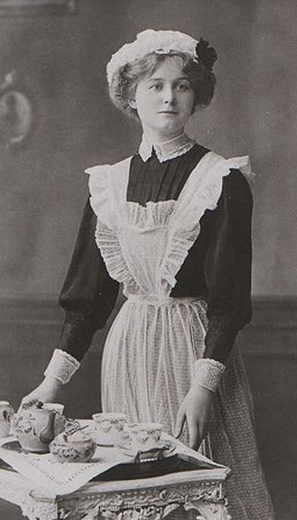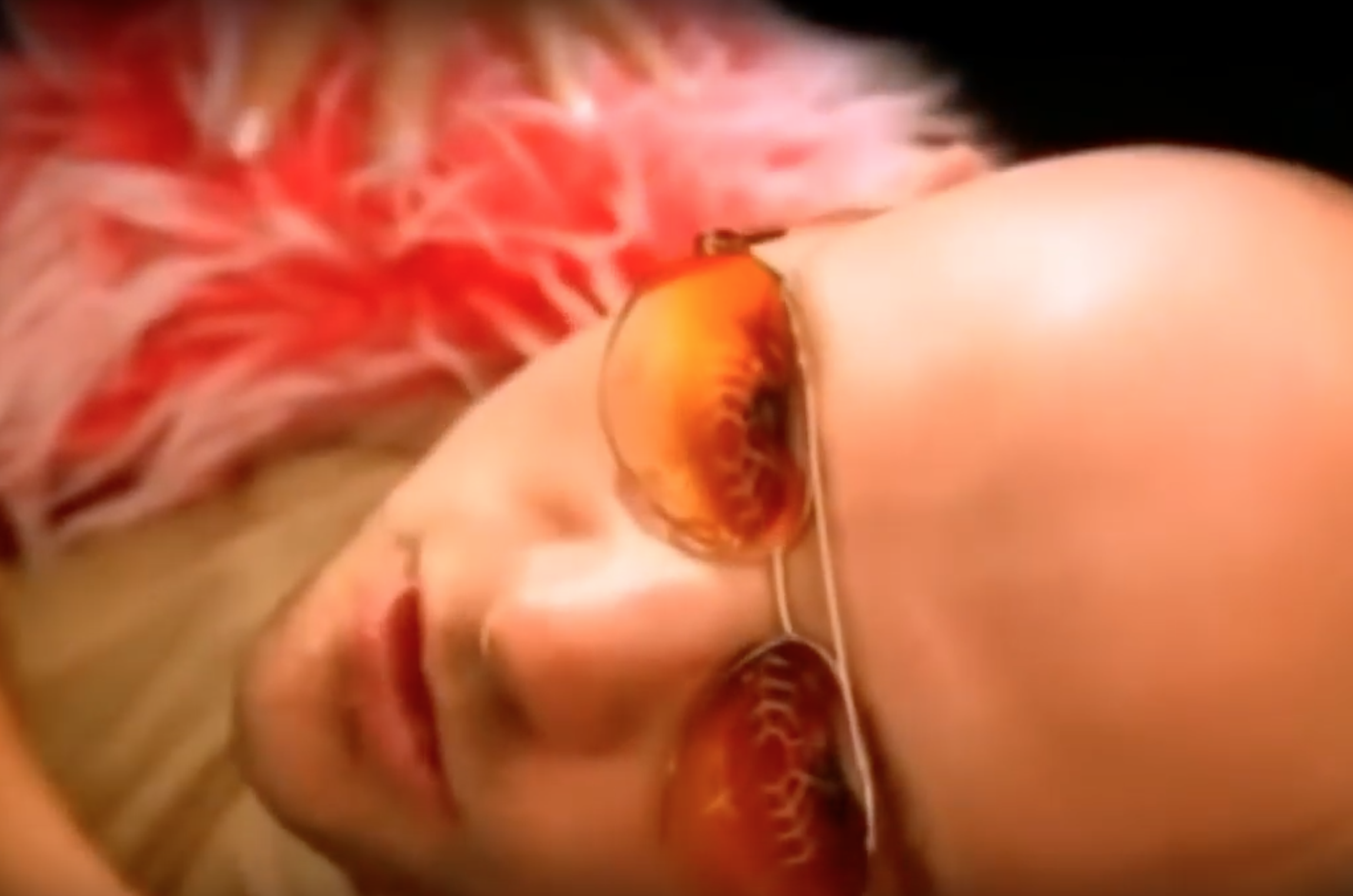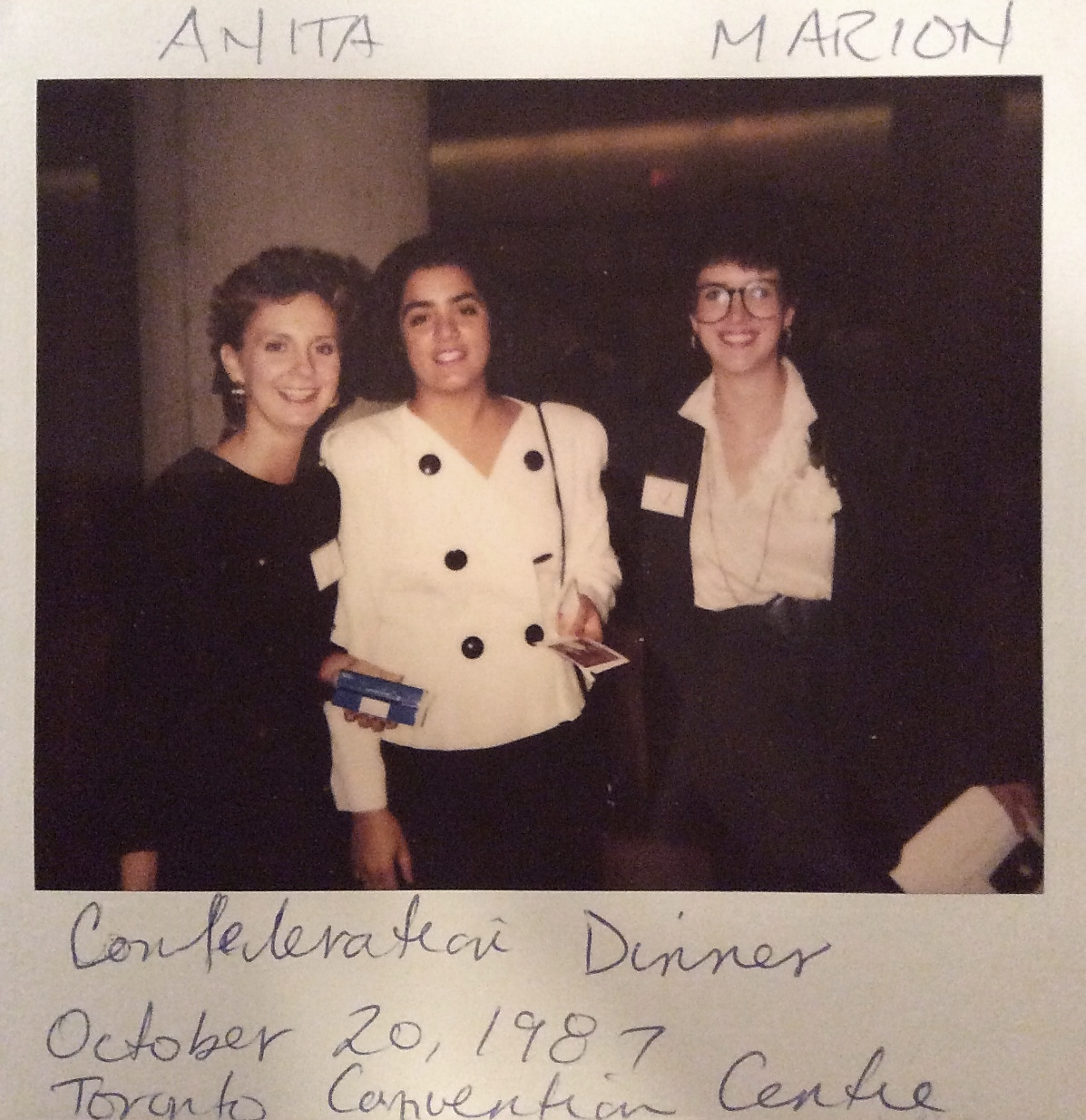This blog post is a creative reflection on Plate 17 from the 1890-1891 “The Ladies Tailor,” (Williamson) which was reviewed at the Royal Ontario Museum, call number: RB P.S. La 120 v. 6-7). The author would like to thank the team at the ROM libraries for their help and guidance. This blog post aims to explore Victorian domestic service and the social structure of working for a middle class family within the context of creating this jacket pictured in “The Ladies Tailor,” (Williamson, 40). This blog entry also references and adapts story lines from “Maud: The Illustrated Diary of a Victorian Woman,” (Fraser and Berkeley, 1987) a published diary of a middle-class woman who kept a diary of her day-to-day experiences along with charming illustrations, some of which are featured below.

May 14, 1891
Well, hello there! I’m not quite sure how I feel about keeping a diary, but my mistress seems to enjoy it, she certainly writes in hers regularly (Fraser and Berkeley), and at this particular moment I’m fit to burst with the story of my day and no one to tell it to. At this particular moment I can’t recall a day with so many hiccups as this one!
To be perfectly honest – I feel a bit rude jumping into my story without introducing myself properly, so I’ll try to be as brief as possible, but as my Gran says – I’m a bit chatty. My name is Agatha Jones, born and raised in Edinburgh before starting in service at 12 (Higgs, 201), and I’m old enough to have lost any girlish giddiness. I’m a maid-of-all-work for Miss Maud – oh, my heavens – Major-General James Berkeley and Mrs. James Berkeley – although she says I can call her Mrs. Maud, as she’s not one for formalities. You see, I’m not used to referring to my mistress as anything other than Miss Maud, as I originally worked for her parents on the Isle of Wight (Fraser and Berkeley, 6) when Maud was a spinster. I prefer working in Mrs. Maud’s household much better, not that it was all that bad in Wight – just terribly boring looking after her somehow always sickly and decidedly elderly parents and preparing dull food (Fraser and Berkeley, 51), which is perhaps why I admire Mrs. Maud so much, she’s awfully busy and athletic, particularly in regards to ice-skating (Fraser and Berkeley, 10), and always going out and about with her friends (with such silly nicknames! ‘Rozie,’ ‘Steakie,’ ‘Tykie,’ and who could forget ‘Noggie,’ ‘Hoggie,’ ‘Shoggie,’ and ‘Toddie!’ (Fraser and Berkeley, 8) — I never knew if she was referring to a man or a woman with nicknames like those). Mrs. Maud would come home and regale me with her adventures. And quite the adventures they would be – the disaster of a billiards cue falling over mid-game, or losing a sash mid-dance (Fraser and Berkeley, 10). However, she’s been married almost 8 months now to Major-General Berkeley, and is step-mother to his children – his two youngest daughters, Miss Lily and Miss Trixie, are teenagers and living at home (luckily all the women get along right as rain) (Fraser and Berkeley, 12). Mrs. Maud is actually a distant cousin of mine (Higgs, 206). As I said, Mrs. Maud isn’t one for formalities and is adjusting quite well to married life and step-motherhood, but apparently someone from her circle thinks she should be more conventional, which is what led to Mrs. Beeton showing up at the doorstep. Oh! How Mrs. Maud has had a time pretending to run the house like a military officer (Beeton, 3), and chuckling when she uses slang and then exclaiming that she is the ‘model of morality’ (Beeton, 9). Maud says that referring to Beeton’s book as a code of conduct for running a household is the same as walking around dressed as if in a fashion-plate (Higgs, 203).

My daily duties are many, but generally each day goes as so: both preceding and following the family throughout the house so that it can be prepped by myself, made a mess of by them, and tidied up once they’ve moved on to another room I’ve just prepared. I clean the kitchen before it needs using and I then use it and help prepare the meal, the dining room before it is dined in, their bedrooms while they’re eating, the front hall before they leave, and use their absence as a chance to clean anything and everything (Beeton, p89). But I’m a smart-worker, and plan out which days I should clean which things and determine how often they need to be cleaned, and review the family’s social calendar to determine if extraordinary items need preparation or mending (Beeton, 92). I do what I can when I can at all times, as being a maid-of-all-work implies. I’ve heard of some in service coming up with all sorts of fancy titles for themselves (Reid, 133), but they’re still in service, and the butler and the housekeeper are always at the top. I don’t generally like mean sketches, but the ones in Punch magazine on this job title fluffing up did test me in stifling my laughter at my friends’ expense (Reid, 133). But I most certainly have fair employers, who are not so high and mighty as to turn their noses up at a bit of work – Mrs. Maud and her step-daughters help daily with the bed making (Beeton, 90). This is most refreshing as my employers have capital in every way: economically respectable, culturally engaged, and social connections abound with Major-General Berkeley’s military service (Bourdieu, 243).

See now look what I’ve gone and done – chatted away for pages! I’m sure you feel more than properly introduced – perhaps feeling overwhelmed! So, I’ll get back to why I wanted to write today – making Mrs. Maud’s new jacket (even though, if I’m to be bold, she has a perfectly good jacket that looks quite similar already to this one, but I suppose that is more of a skating jacket…). Plate 17 in this month’s The Ladies Tailor, in particular the bottom left jacket, was my goal (Williamson, 41). Now, I don’t know about you, but I find the tone of Ladies Tailor quite annoying – always asserting again and again how you can make variations to the pattern and style (Williamson, 34). Well, of course I can! And so can everyone else making something for someone else, whose individualistic variation requests are more important than the instructions – my Gran taught me that as well as to be the (quite skilled, if I’m honest) seamstress that I am. But, as I found out today, this tone can be even more annoying when one’s requester wants you to make the exact article as pictured, and the accompanying text goes on and on about varying away from what is pictured! Hm. I can tell that I’m still quite flustered from this experience! Why you may ask? Well, I will tell you why – because my afternoon downtime today was to be used to work on this jacket, but this work kept getting interrupted by the silliest things!

The first incident was with Miss Lily, one of the daughters, having – quite frankly – a very humourous battle with the shower contraption the Major-General installed (Fraser and Berkeley, 126). This invention is meant to provide the bather with a ‘shower-bath,’ but when Miss Lily made an attempt at taking one, the hose took on a life of its own – going every which way all over the bathroom like an elephant’s trunk (Fraser and Berkeley, 126)! I ran to upon hearing the commotion and screaming, and found the room, Miss Lily – and eventually myself – soaked through (Fraser and Berkeley, 126)! After we tamed the beast, and Miss Lily swore that till the end of her days she would bathe as she always had (Fraser and Berkeley, 126), I went upstairs to dry off and get back to my task.

Just as my head was filling with ‘austrian knots,’ ‘crow’s toes,’ and ‘gauntlet cuffs’ (Williamson, 34), another disaster struck! While Mrs. Maud was out for a picnic with her lady friends, the pitcher of lemonade fell over (Fraser and Berkeley, 10) and Mrs. Maud had come running back to replace the lost refreshment. She asked me to make lemonade as quickly as possible, and thank heavens I had made an extra pitcher that morning – with a recipe I find I always gravitate towards:
- 1 ½ oz. citric acid
- 1 ½ lb loaf sugar
- 40 drops of perfectly good essence of lemon
- 1 pint of boiling water
- 2 lemons
And, as the recipe – taken from a Keating’s powder advertisement no less – says “Pour the Essence of Lemon on the sugar and acid in a jug. Add the boiling water, then cover till cold’ when required for use, put 1 part to 4 or 5 parts of water and add the juice of 2 lemons” (Loeb, 6).
After bidding my grateful mistress off, I went to check on the chocolate cake prepared for that evening’s dessert. Somehow or other I got some chocolate on my hands, which made its way to my fresh apron! The sight of that perfectly brown smudge on my crisp white apron exhausted me, and as I washed out the stain I felt as though I never detested an advertisement more than the one for Sinclair’s Soap, which makes domestic work looks like a heavenly idyll, instead of the constant mishaps interrupting the routine of labourious tasks (Loeb, 16-7)!

My word! I went back to my workstation, and was able to get some work done without interruption, and no, I did not take the author’s advice to indulge in the myriad of variations I could produce. My Gran always said that a well-tailored piece of clothing upheld one’s respectability (Sayer, 118), and I think my mistress would agree that this upholding is more useful than creative expression (Sayer, 112). Besides, Mrs. Maud would rather her clothing signal that she is as she appears to be – a good wife, step-mother, and at the helm of a happy, well-kept, and respectable home than her individual personality – which shows through quickly enough by her actions. Wouldn’t you agree that it’s more important to have a garment of sound structure, than one that expresses individuality?

Perhaps my day was all the more dramatic in my head than written down on paper, but there you are. While Mrs. Beeton would recommend that I do needlework at my end-of-day rest (Beeton, 93), I’ve had quite enough of that, thank you very much. I’m going to sit in my chair, rest my eyes, and have a “momentary affair” with the world of leisure – a cup of cocoa (Loeb, 173).
Works Cited
Bourdieu, Pierre. Handbook of Theory and Research for the Sociology of Education. Greenwood, 1986.
Beeton, Isabella. How to Manage House and Servants and to Make the Most of your Means. London: Ward, Lock and Tyler: 1886. Bodleian Library, University of Oxford. http://www.gender.amdigital.co.uk/Documents/Details/HowtoManageHouseandServants [Accessed March 10, 2018].
Fraser, Flora, and Maud Berkeley. Maud: The Illustrated Diary of a Victorian Woman. Chronicle Books, 1987.
Higgs, Edward. “Domestic Servants and Households in Victorian England.” Social History 8, no. 2 (1983): 201-10. http://www.jstor.org/stable/4285250.
Loeb, Lori. Consuming Angels. Oxford University Press, 1994.
Reid, Antony S. “Servants in Society: Victorian Servants in Affluent Edinburgh.” Family & Community History 2 (2) (1999): 129-140. doi:10.1179/fch.1999.2.2.005.
Sayer, Karen. “‘A Sufficiency of Clothing’: Dress and Domesticity in Victorian Britain.” Textile History 33 (1) (2002): 112-122. http://resolver.scholarsportal.info/resolve/00404969/v33i0001/112_socdadivb.
Williamson, James. The ladies’ tailor, jacket, mantle and costume cuffer : a journal devoted to ladies high class tailoring, illustrative and practical. The Tailor and Cutter, 1891.





























